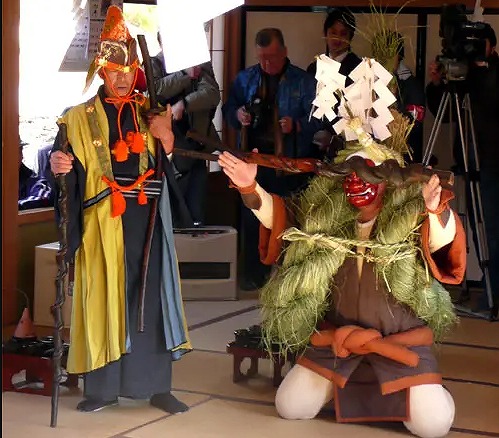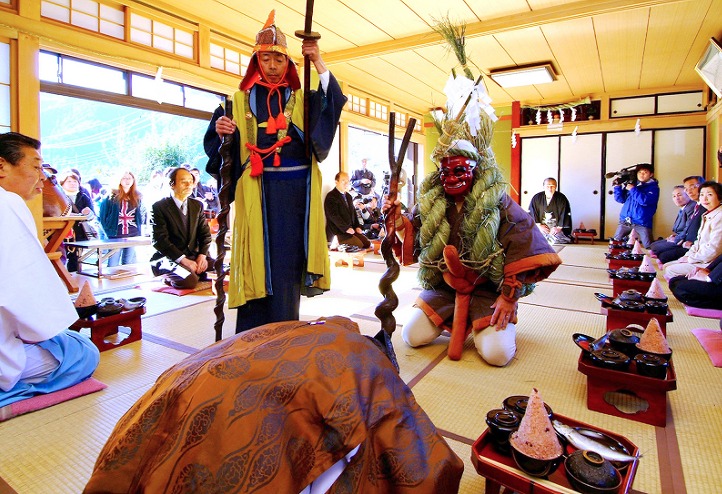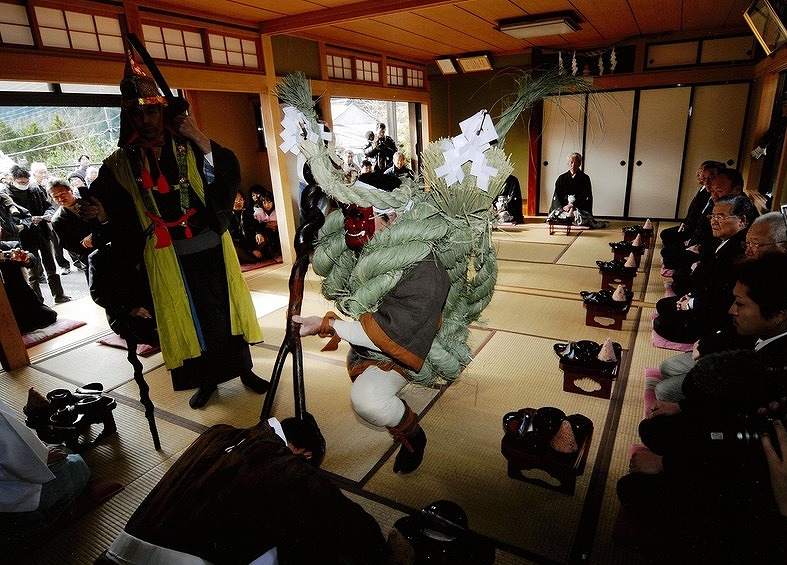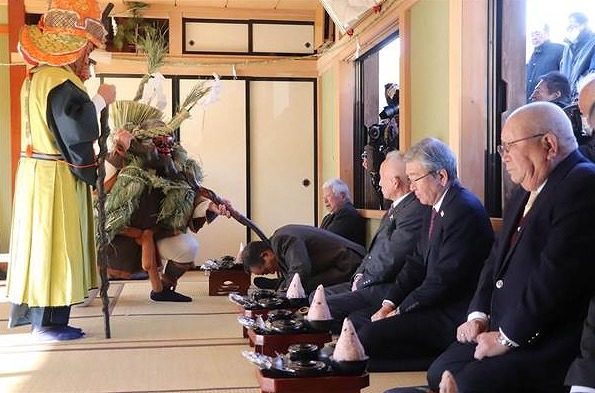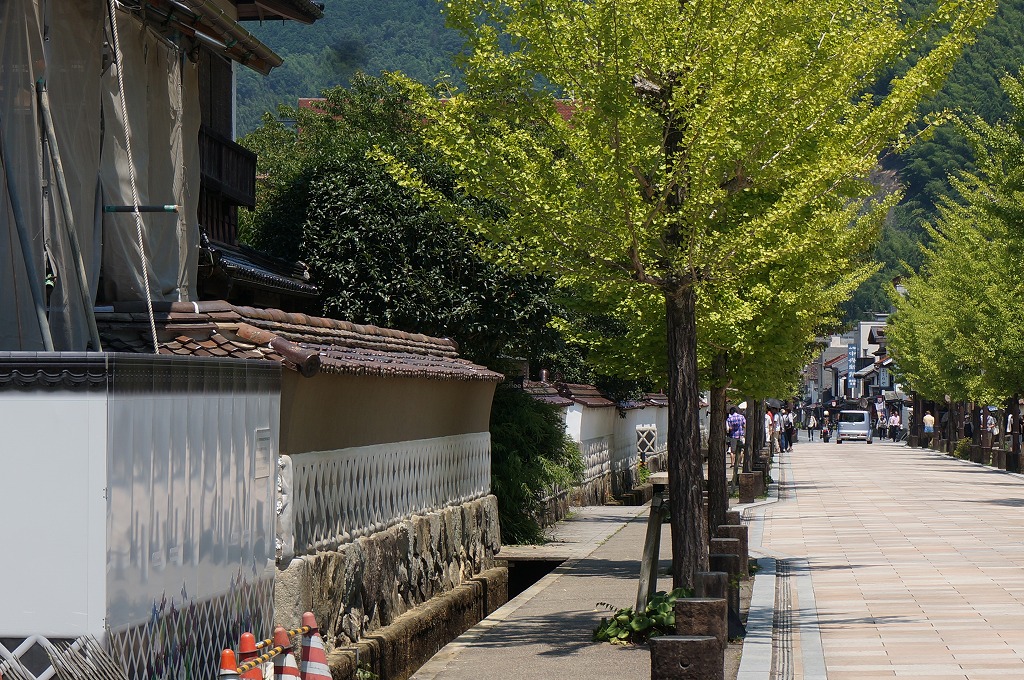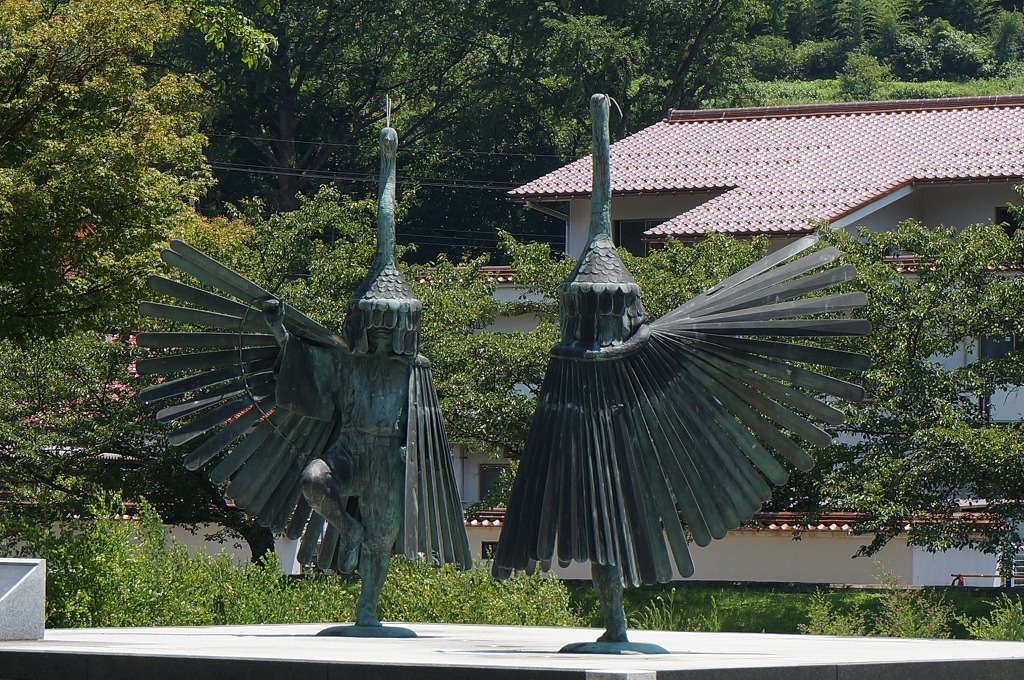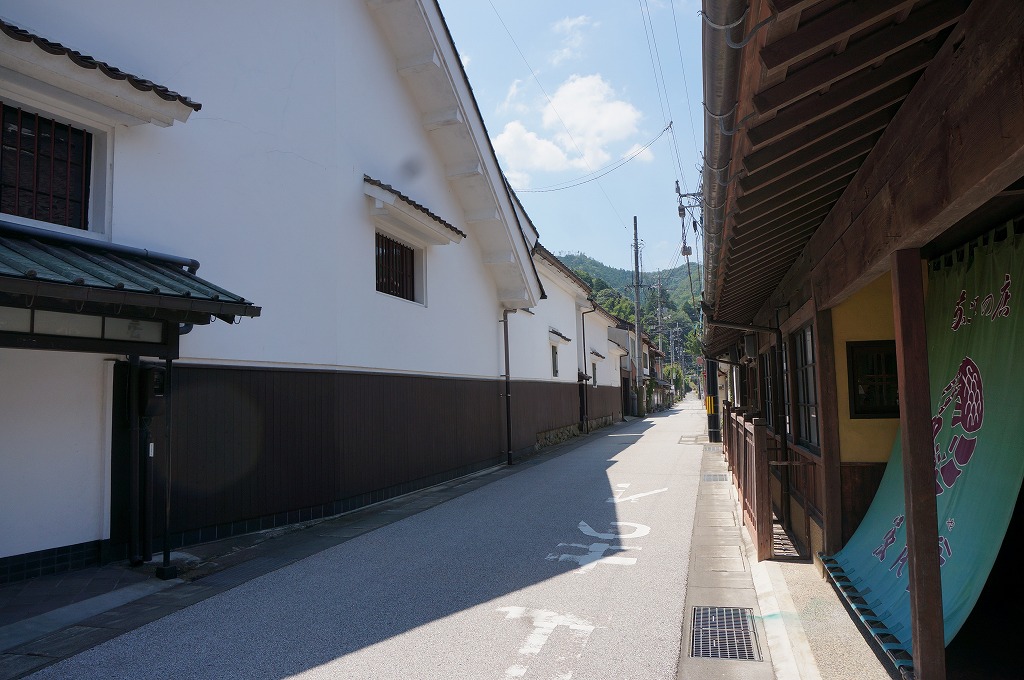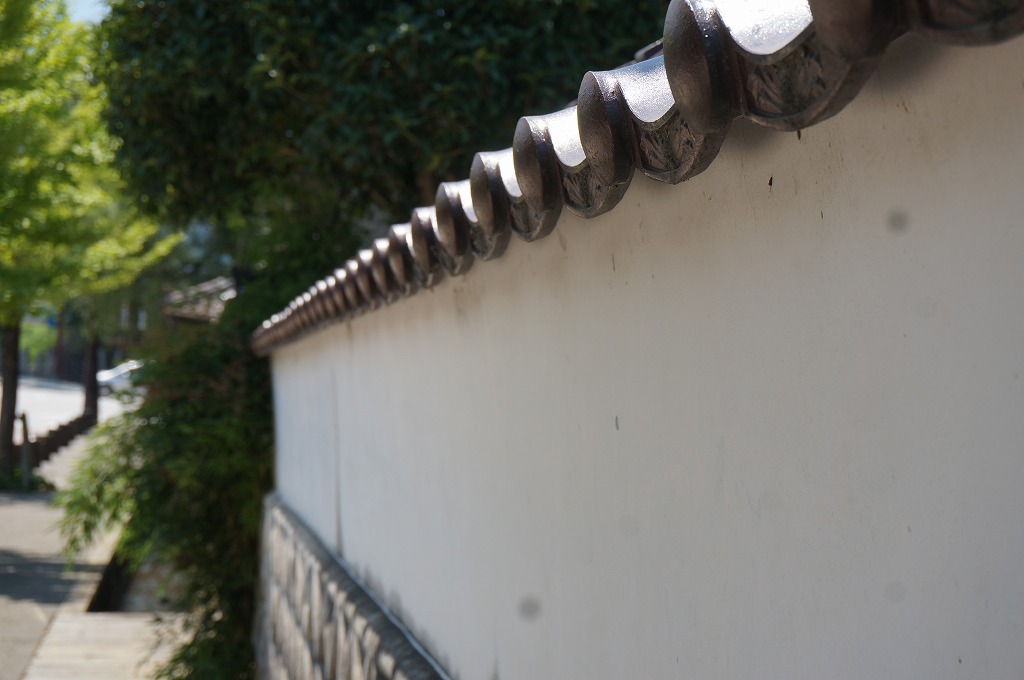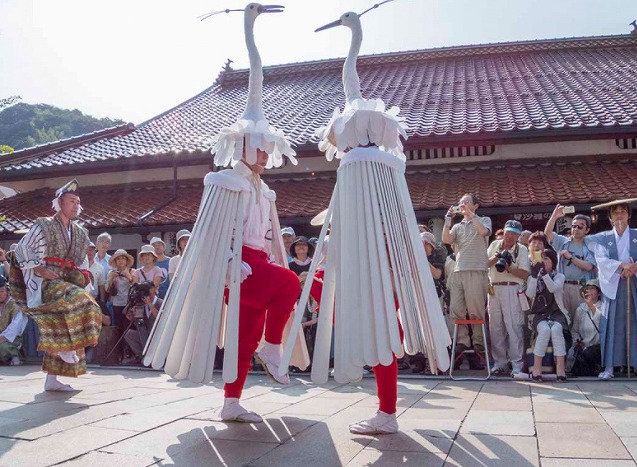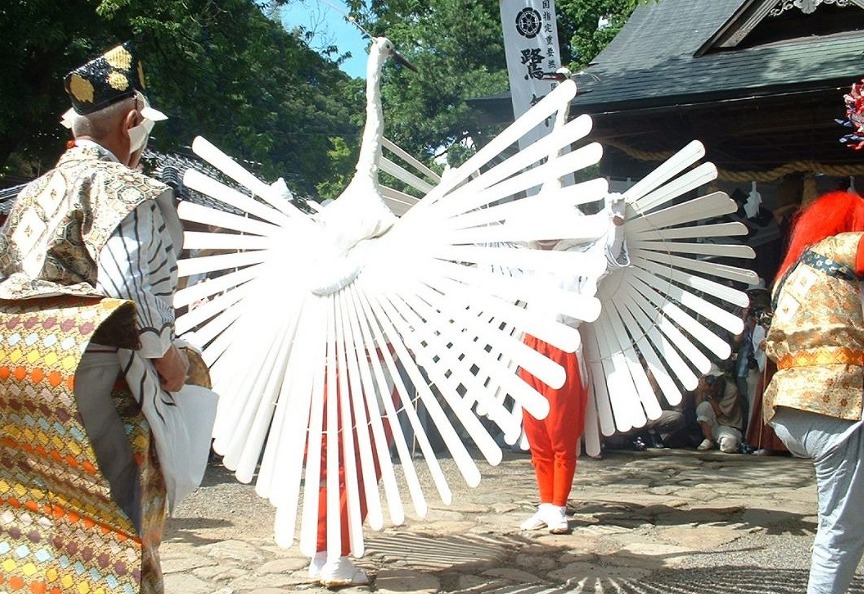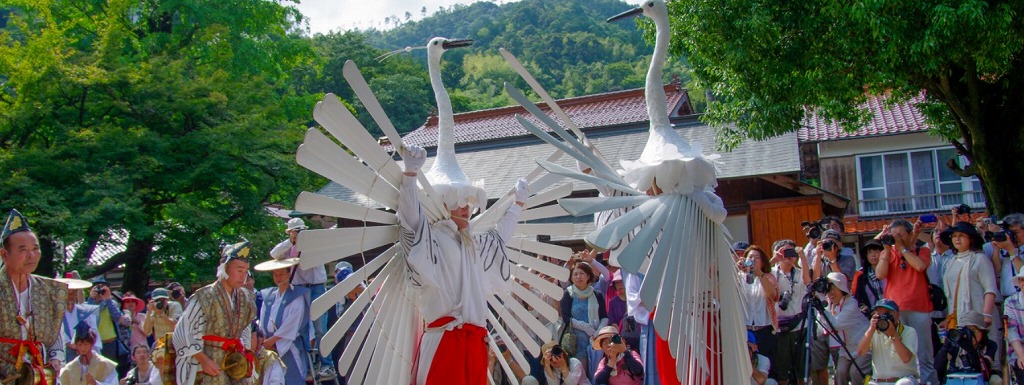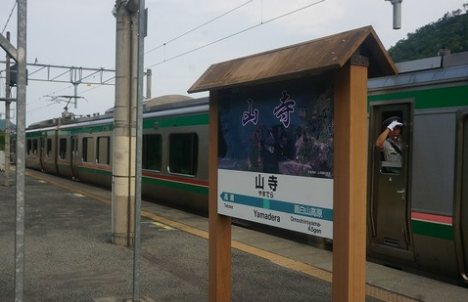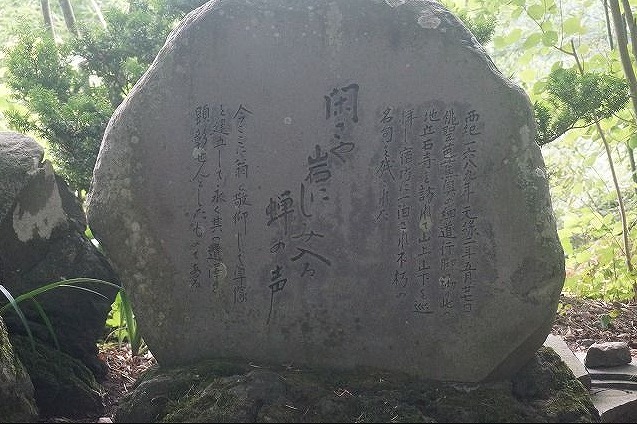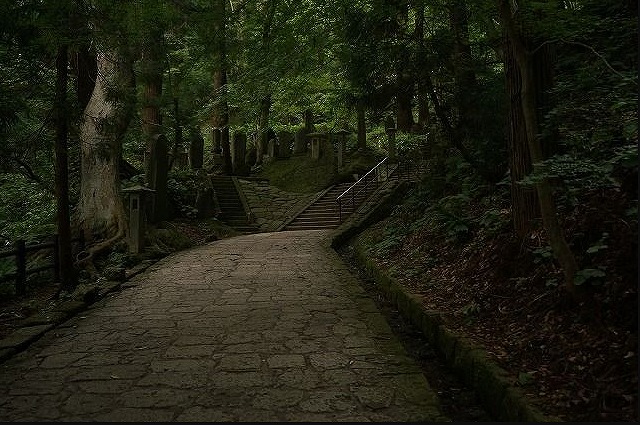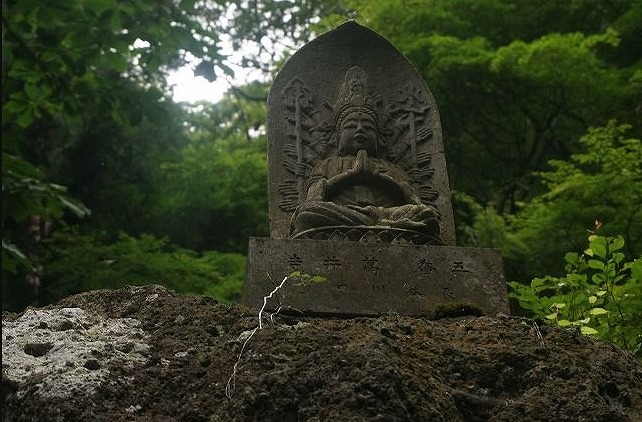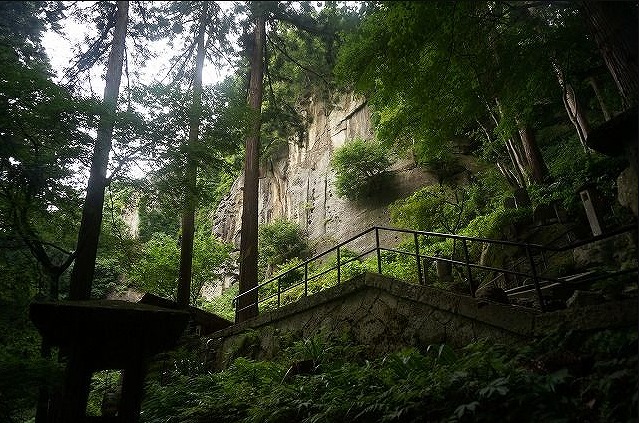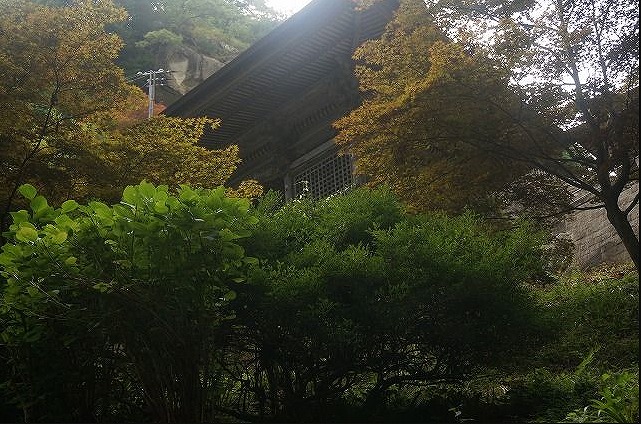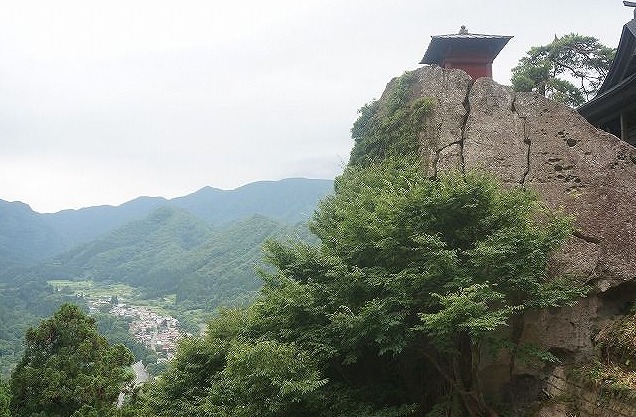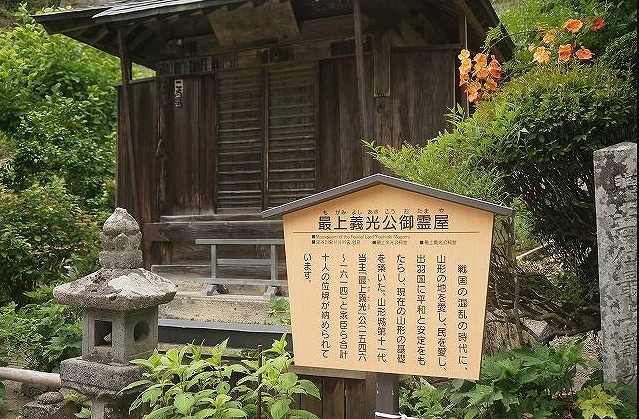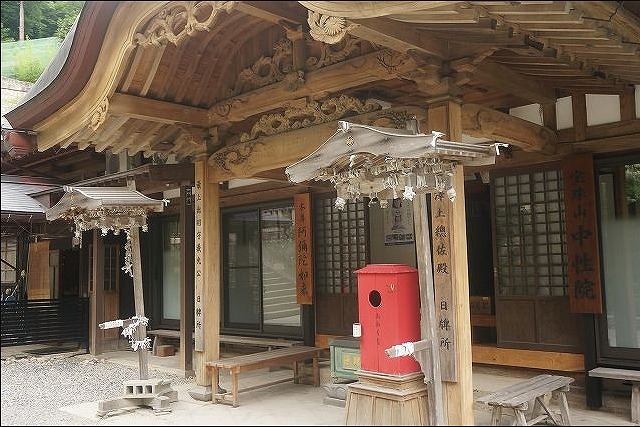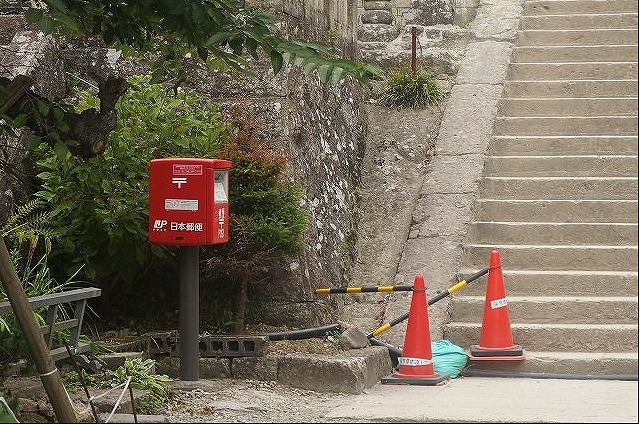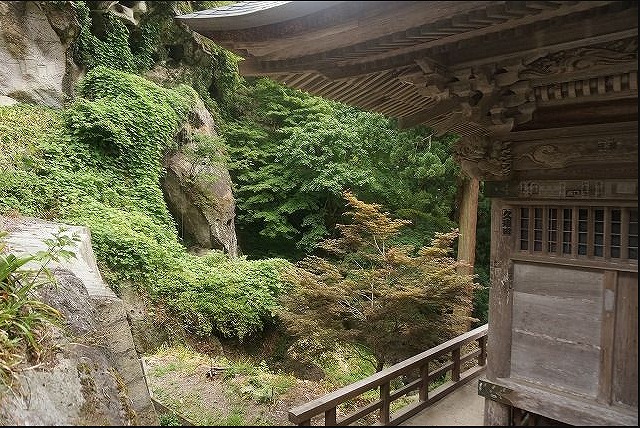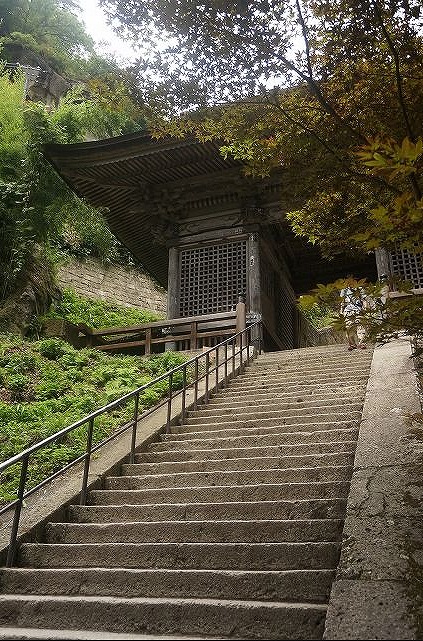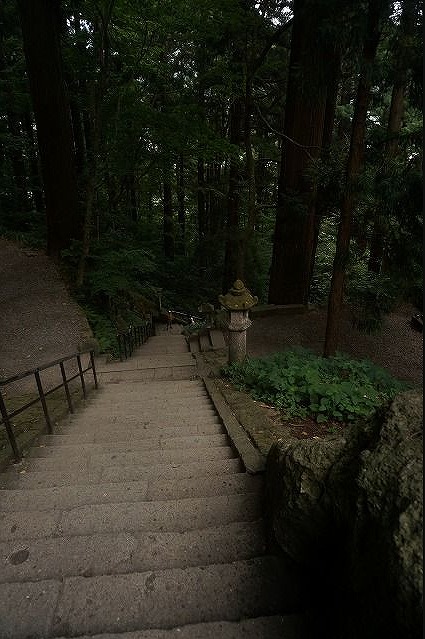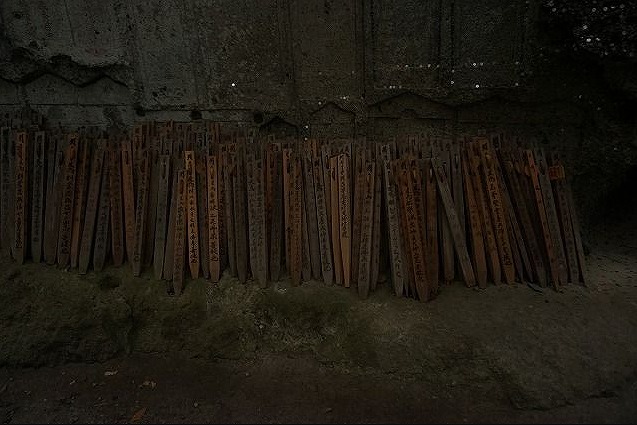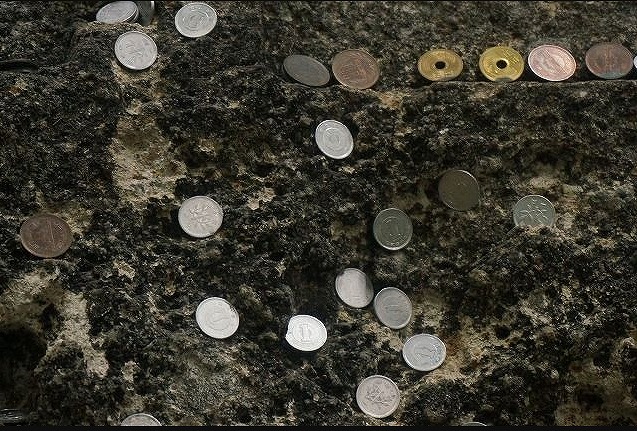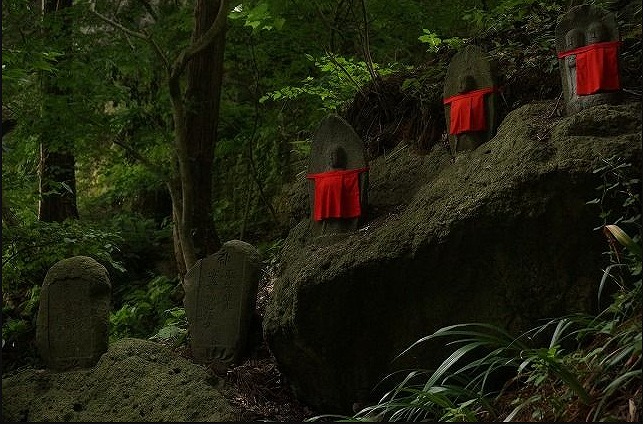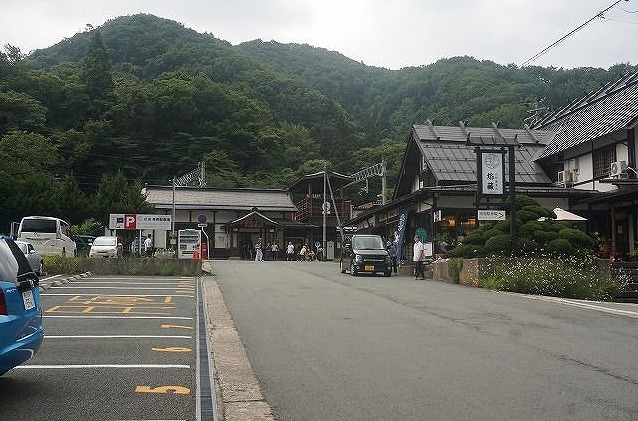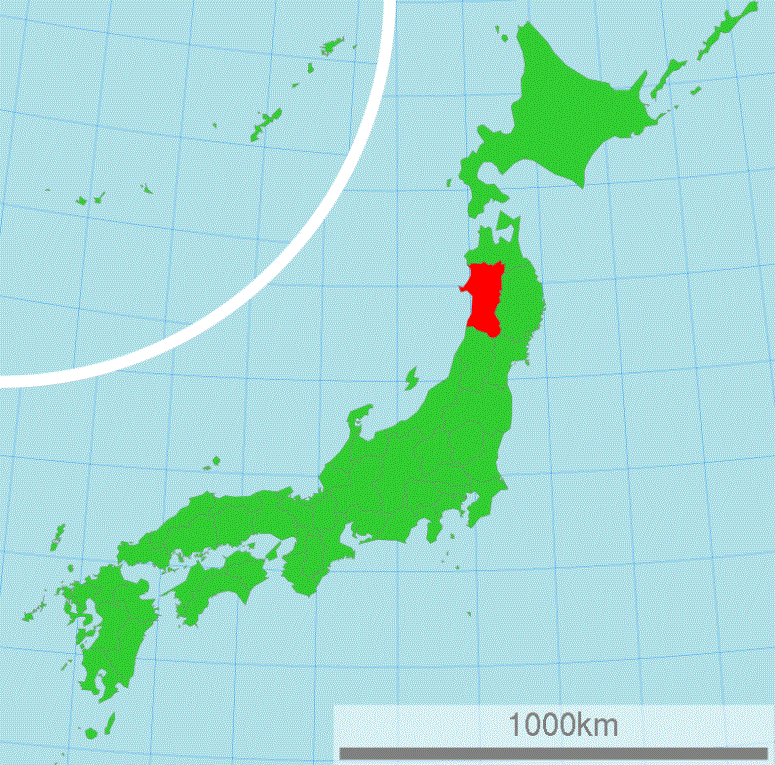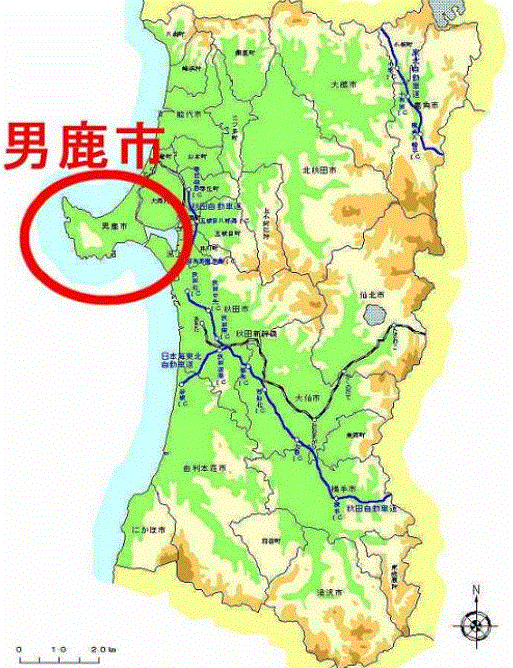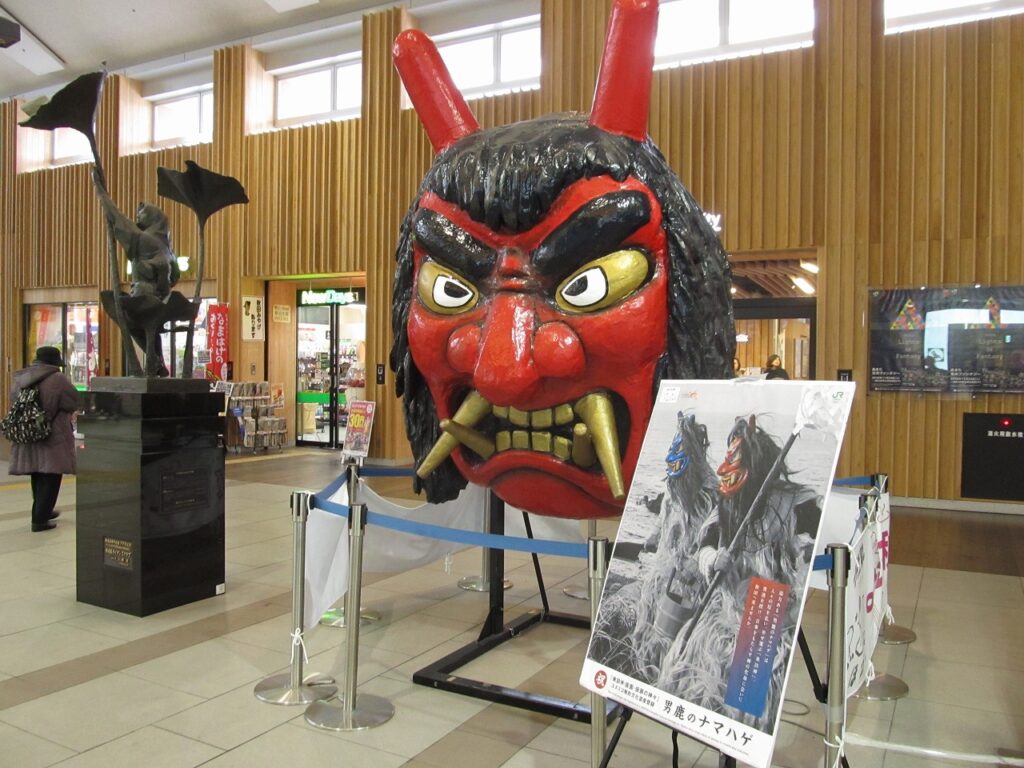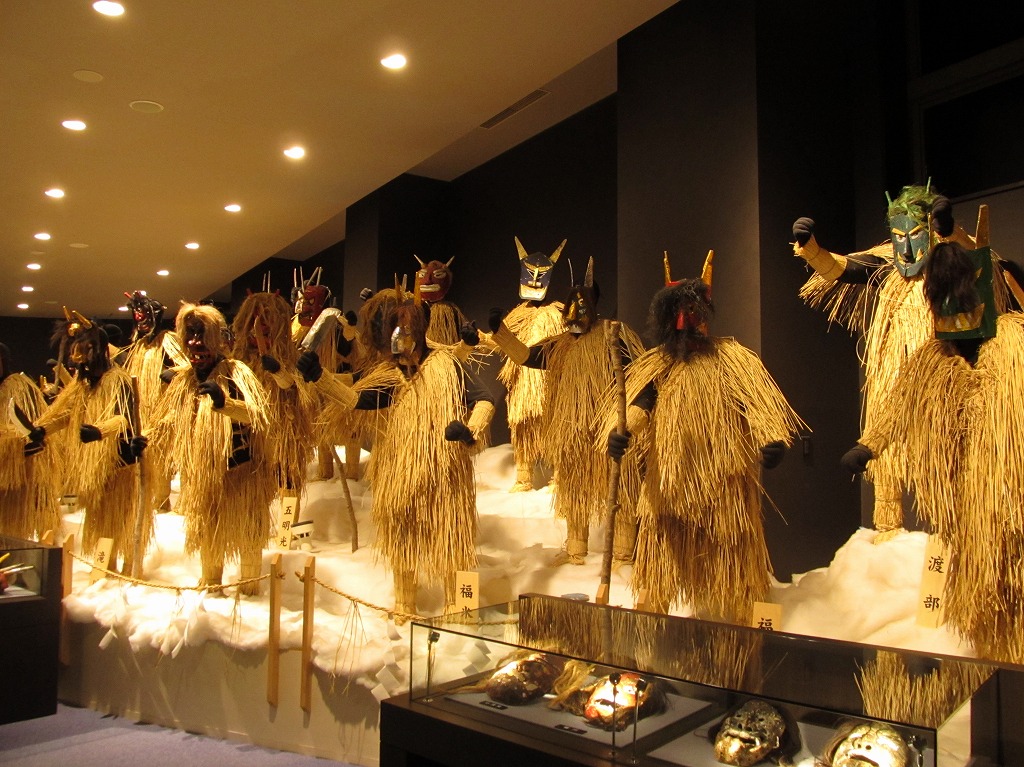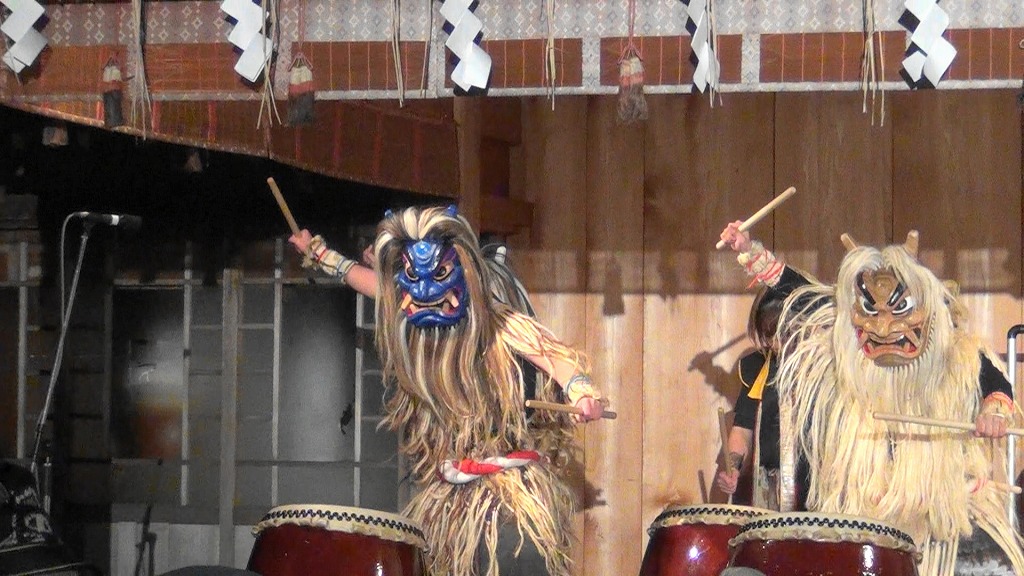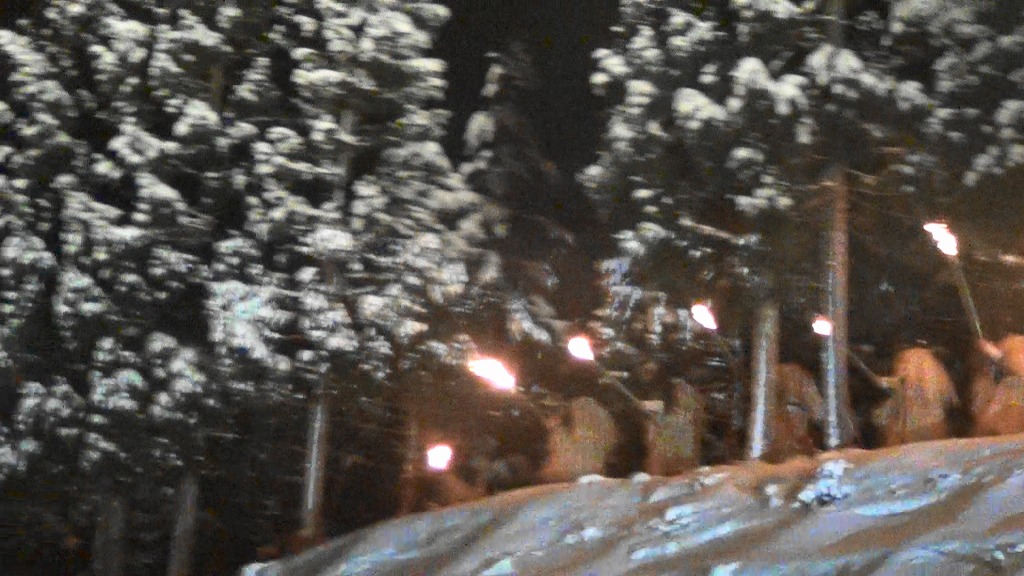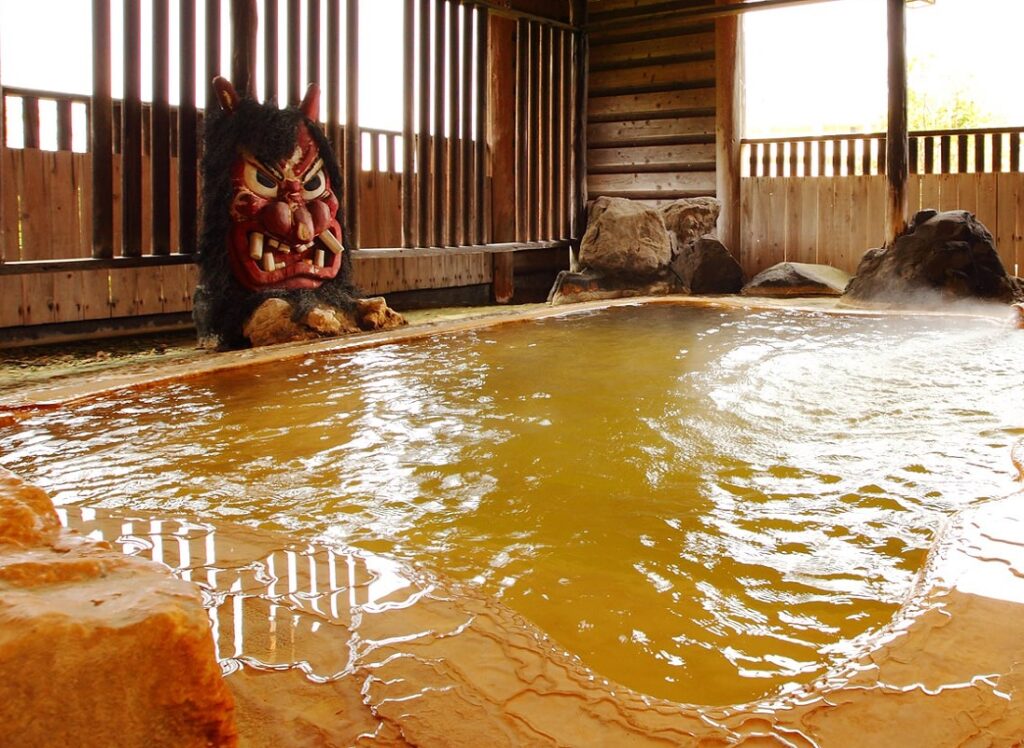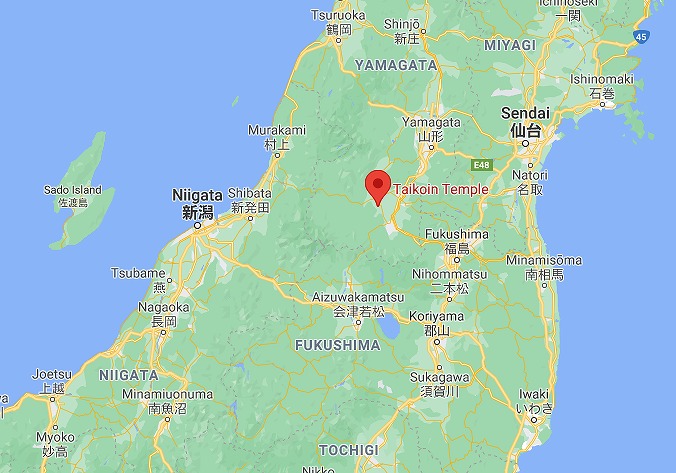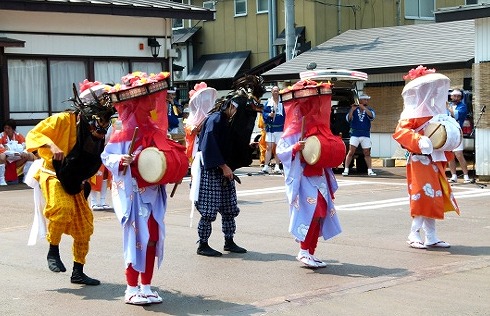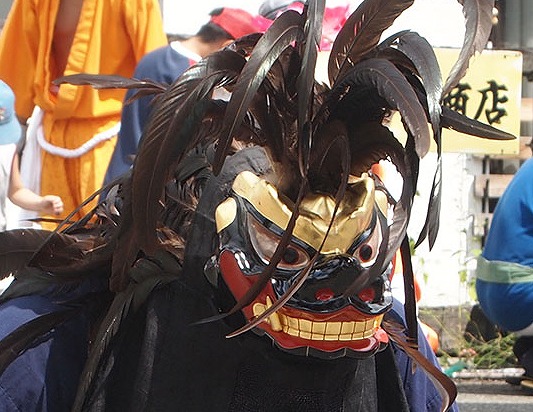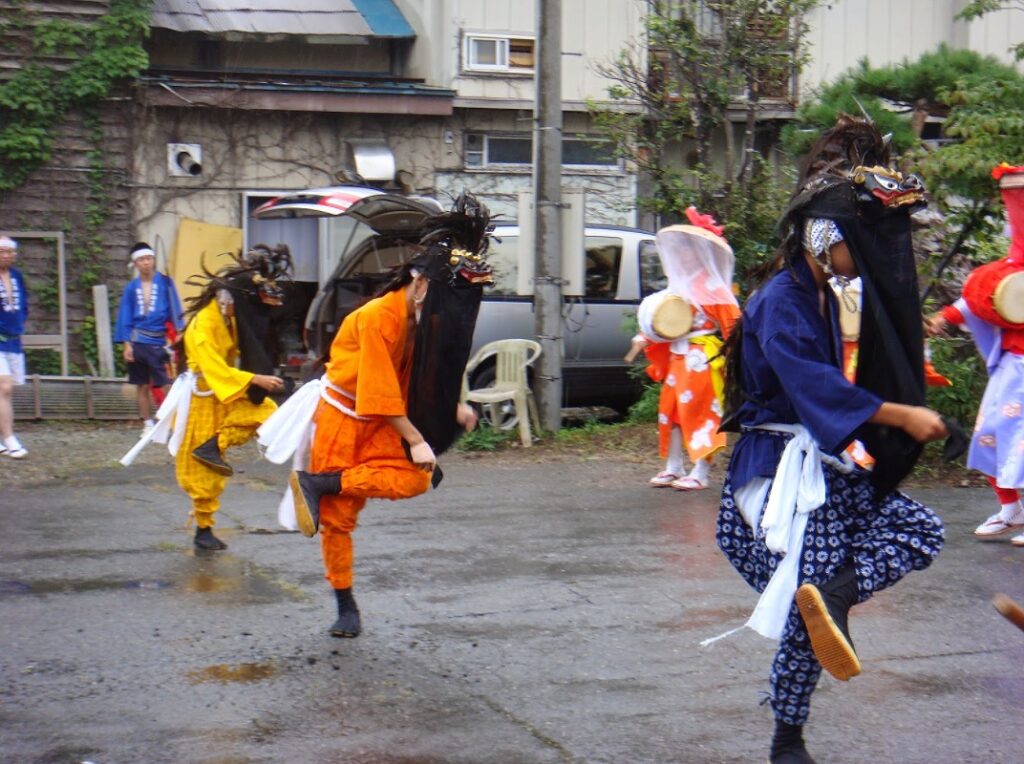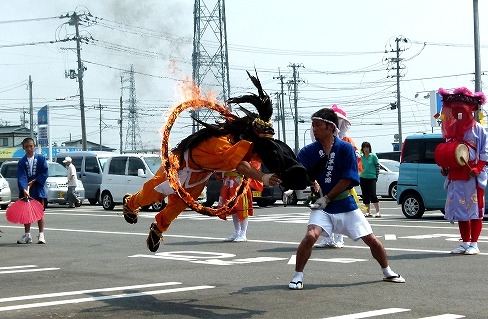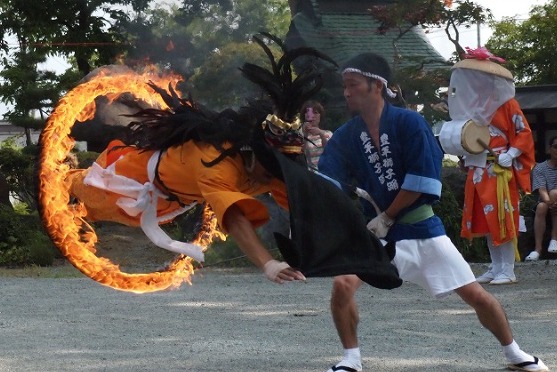Forced rice eating ceremony in Hokkoji
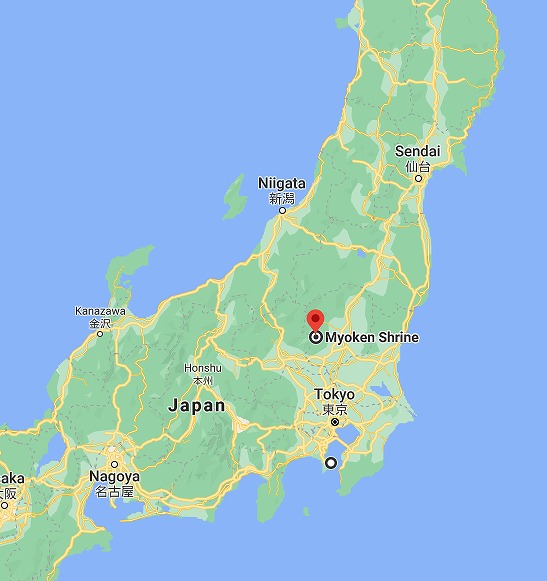
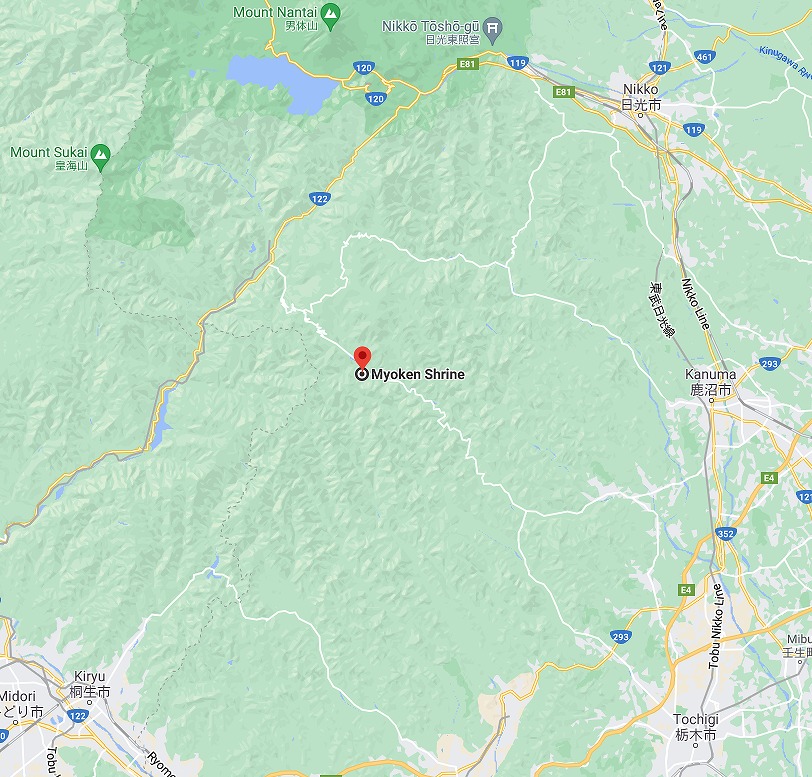
Date: 3rd of January every year
Location: Kmikasuo 上粕尾 915 (Myoken shrine), Kanuma city 鹿沼市, Tochigi prefecture 栃木県
Access: From Tochigi IC of Tohoku Expressway, approx. 45 min. for Kasuo Pass 粕尾峠/Ashio 足尾, or from Kanuma 鹿沼 IC, approx. 50 min. for Kasuo Pass/Ashio
A strange Buddhist ceremony called forced rice eating
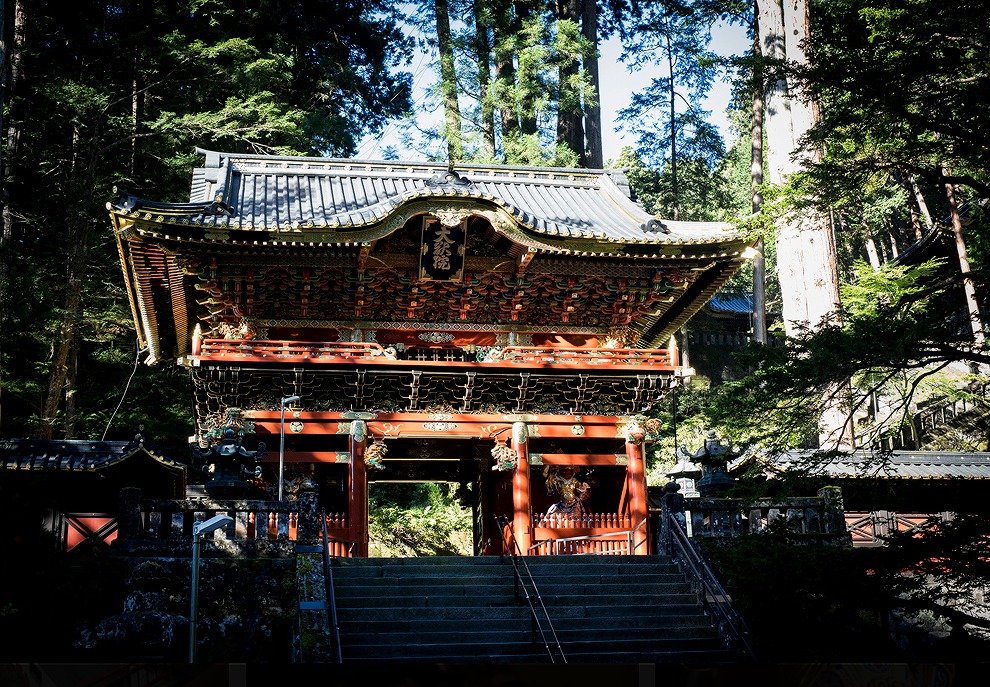
https://www.rinnoji.or.jp/photo/?1081
There is a strange ritual called “Gohan-shiki 強飯式 (the strong rice ceremony)”. It’s one of the Buddhist rituals. It is a ceremony where a large amount of food is prepared and forced to be eaten. There are many theories as to why it started. One theory says that it started when yamabushi (monks who practiced asceticism in the mountains) offered food to the main deity in the mountains and shared it with the people in the villages. Another theory is that it was an imitation of offerings to the gods and Buddha visiting the human world. In any case, it is not clear why people are forced to eat large amounts of food. Moreover, this ritual exists only in Tochigi prefecture, in the vicinity of Nikko. The most famous of them is conducted at the temple called Rinnoji 輪王寺. Nikko is famous for its shrines and temples dedicated to Ieyasu 家康, the founder of the Edo shogunate, the last samurai government. In the past, it was a very prestigious ceremony and only feudal lords were invited. Therefore, even today, they still follow the dress code of that time.
The ceremony at Hokkoji 発光路
The Ceremony in Hokkoji is held on January 3rd, which is descended from the ritual of Rinnoji Temple in Nikko.
Access is not good. There is a campground around the area. It is a place rich in nature, but it limits the ways of transportation. It takes about 10 minutes from the station by car. From the nearby interchange, it takes about an hour or less. There is also a bus route, but it is closed during the New Year’s. The area around the station is not a place where cabs are stationed. Therefore, the only way to get there is to take your own car, call a cab according to the train schedule, or bring a bicycle.
Outline of the ceremony
The ceremony starts at 9:00 a.m at Myoken shrine. After an hour of rituals, they go to to the community center in the neighborhood of the shrine, and the main part of the ceremony starts at around 10:00. Originally, it is the ritual to take over the festival duty. It attracts not only the people involved, but also the mayor and other people as guests. In front of all of them is a table with a mountain of rice on it. First, a mountain priest appears, followed by an ogre called “Gouriki 強力”. “Gouriki” is wearing a straw sash all over his body and holding a two-pronged staff. Then they stand in front of each of them and say a platitude. “Eat and drink 33 cups of sake, 5 cups of hot water, and 75 cups of rice. This is the rule. Do not leave a single bowl uneaten. No one can drink and eat like this. But the participants say “yes” and bow down. The mountain priest takes a pinch of rice and puts it in the guest’s mouth. Then he says, “Do you understand? Then congratulate in honor of Gouriki.” Then he orders the ” Gouriki”. The “powerful” will then offer a few words. If the person is in charge of the festival, he will tell them how to run the festival. If the person is the mayor, he will tell him to recover quickly from the disaster. To newlyweds, he would say, “The number of children is decreasing these days. Have a lot of children.” Then he holds his head down with the two-pronged staff in his hand. They repeated this for each of the guests.
Ending
The roles of “Gouriki” and Yamabushi are played by ordinary local people. Although they play the roles, they speak out against the mayor and other influential people. They can’t just say the same thing every time to liven things up. It seems that they have their own difficulties. They say they break out in a cold sweat every time. This ritual has come to be held in the same way as the Nikko event. However, it is a traditional event that has continued since the 14th century. I hope it will continue. There is Nikko, a world heritage site, nearby. Toshogu Shrine is worth a visit.

https://travel.rakuten.co.jp/mytrip/ranking/spot-nikko

https://www.jalan.net/kankou/spt_09383cc3540060189/

https://www.gltjp.com/ja/directory/item/10071/




